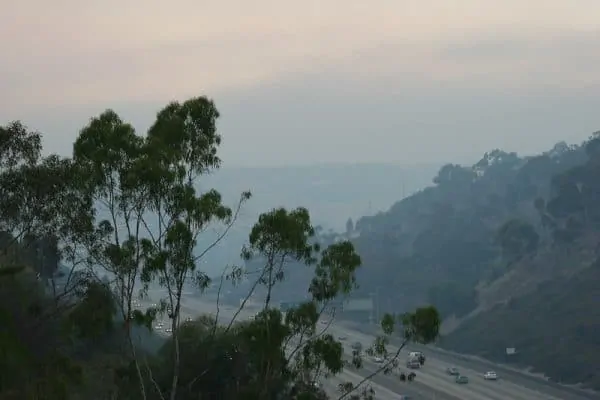HIGHLIGHTS
- Conducted ecological momentary assessment with residents of four European cities.
- Positive mood improved within 10 min of natural environment exposure.
- Findings varied by city, gender, age and residential green space exposure.
- Negative mood declined within 10 min of natural environment exposure.
- Weaker associations were found within 30 min of natural environment exposure.
ABSTRACT
Exposure to natural outdoor environments (NOE) has been shown in population-level studies to reduce anxiety and psychological distress. This study investigated how exposure to one’s everyday natural outdoor environments over one week influenced mood among residents of four European cities including Barcelona (Spain), Stoke-on-Trent (United Kingdom), Doetinchem (The Netherlands) and Kaunas (Lithuania). Participants (n = 368) wore a smartphone equipped with software applications to track location and mood (using mobile ecological momentary assessment (EMA) software), for seven consecutive days. We estimated random-effects ordered logistic regression models to examine the association between mood (positive and negative affect), and exposure to green space, represented by two binary variables indicating exposure versus no exposure to NOE using GPS tracking and satellite and aerial imagery, 10 and 30 min prior to participants’ completing the EMA. Models were adjusted for home city, day of the week, hour of the day, EMA survey type, residential NOE exposure, and sex, age, education level, mental health status and neighbourhood socioeconomic status. In addition, we tested for heterogeneity of effect by city, sex, age, residential NOE exposure and mental health status. Within 10 min of NOE exposure, compared to non-exposure, we found that overall there was a positive relationship with positive affect (OR: 1.39, 95% CI: 1.06, 1.81) of EMA surveys, and non-significant negative association with negative affect (OR: 0.80, 95% CI: 0.58, 1.10). When stratifying, associations were consistently found for Stoke-on-Trent inhabitants and men, while findings by age group were inconsistent. Weaker and less consistent associations were found for exposure 30 min prior to EMA. Our findings support increasing evidence of psychological and mental health benefits of exposure to natural outdoor environments, especially among urban populations such as those included in our study.
Link to full article: https://doi.org/10.1016/j.envint.2019.105237







